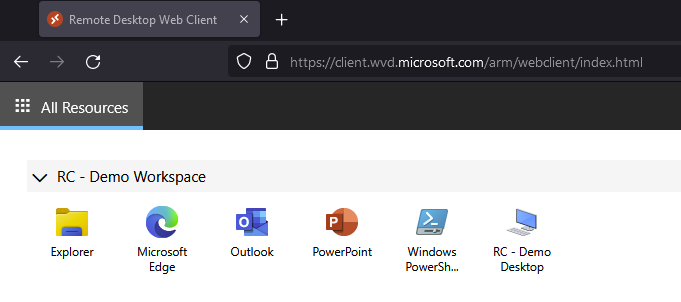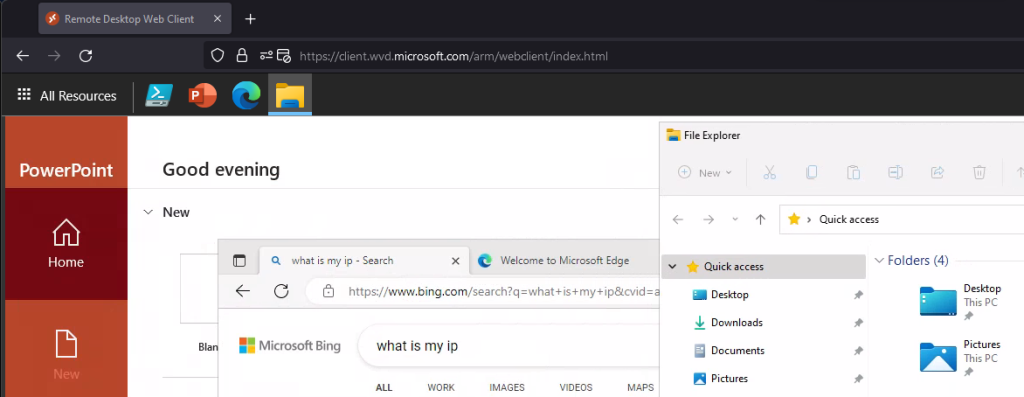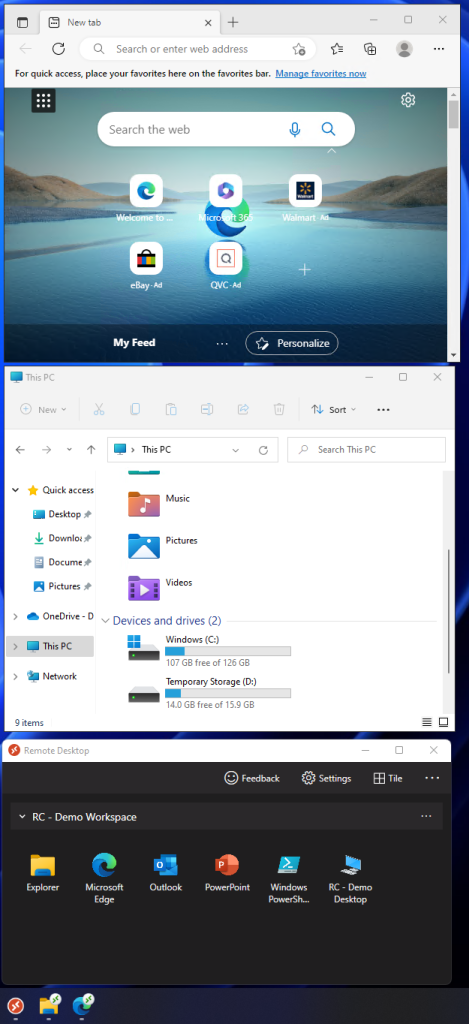How Azure Virtual Desktop Transforms Remote Access
This is another installment in my series about Azure Virtual Desktop and how it can help you achieve some of your high level IT initiatives. You can find the introductory post here as well as a post about AVD and zero trust here.
In this post I will discuss how you can use AVD to provide a more flexible and secure remote access solution with a lot of additional capabilities and options that works very smoothly. I have worked with a lot of different client VPN and web portal solutions and they all have their issues and challenges. With Azure Virtual Desktop you can transform your remote access solution so that users can feel empowered to work from anywhere simply while also maintaining security.
The Problems with Remote Access
Many organizations are still thinking of remote access and mobility primarily from a network perspective. What I mean by that is, they are primarily thinking about how to establish a VPN connection from a remote user’s laptop or mobile device to the corporate network. This typically means installing a client VPN application or configuring the built in VPN client. From experience, these can be difficult, error prone, and the performance can be underwhelming.
Solution – Think Cloudy
It is time for many organizations to take a step back and reevaluate the requirements for remote access and mobility. You really need to start with the requirements for your users to perform their job effectively. Often that means they need to collaborate on documents, access certain business applications, and communicate internally and externally. Many organizations have turned to cloud native solutions for much of this already (Teams, SharePoint, Dynamics, etc). But many organizations still have applications and data in legacy, on premises systems. Or there may be policy or compliance reasons why these things need to stay on premises or out of public cloud.
The solution for remote access in the long run is to take a cloud native application approach. Use applications and platforms that are built to live on the internet and that use strong, modern authentication and security. That is a long term transformation strategy. While you are working on that journey, I suggest a middle ground that gives a lot of cloud native benefits while also allowing rapid deployment and adoption.
Remote Access Transformation
Ditch the client VPN solution that relies on tunneling network traffic. Instead, use Azure Virtual Desktop to give your users access to a desktop that is inside your corporate network or even just specific applications that are running inside your corporate network. Azure Virtual Desktop transforms remote access by providing an easy to access web portal that works from any device. There is also a client for most desktop and mobile operating systems if users prefer to use that. The main differences are no more network tunneling and no more organization specific settings and endpoints.
Azure Virtual Desktop is a cloud native desktop and application platform that allows users to access the applications and data they need with dramatically lower issues.
Below you will find screenshots showing the AVD web client workspace and the AVD desktop client. You’ll notice productivity apps, file explorer, development and scripting tools, etc. You could even use this as a privileged access workstation with admin tools.




Remote Access Security
Because the control and management components for Azure Virtual Desktop are hosted and managed by Microsoft, the management overhead is very low and the platform security is very high. Authentication for AVD is handled by Azure AD which means you get all the same great user security and access controls. Many existing remote access solutions are still using legacy authentication protocols like LDAP and struggle with multi factor authentication.
Additionally, AVD gives you control over what users can do with the data they access. It is possible to limit file transfers and even copy/paste when users are connecting to AVD. Most client VPN solutions have no data loss prevention or protection built in.
Wrap Up
So how do you empower your users to access their apps and data securely from anywhere? Use cloud native apps first, and for everything else, use Azure Virtual Desktop to transform your remote access and empower your users. Drop a comment if you have a way AVD can transform your remote access and stay tuned for the next installment in this series about how AVD can help you meet your IT initiatives.
Share this content:
I am a leader and solutions architect with over 10 years of hands on experience in private, public, and hybrid cloud technologies, networking, security, and data center management. My passion is to help clients gain agility and accelerate their business through IT modernization using cloud technologies.
I have consulted for some of the largest universities and corporations in the world on topics such as Azure Architecture, Infrastructure as Code, Azure Virtual Desktop, Application Hosting, Network Security, Identity Management, and much more.
Finally, I am actively involved in Christian ministry as a teacher and I strive to reflect the character of Jesus in every area of life.
The best place to contact me is on LinkedIn
You can subscribe to receive new posts via email.
Leave a Reply